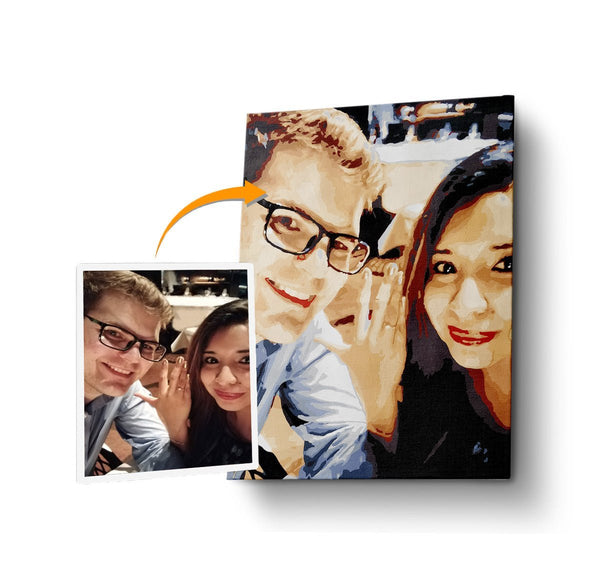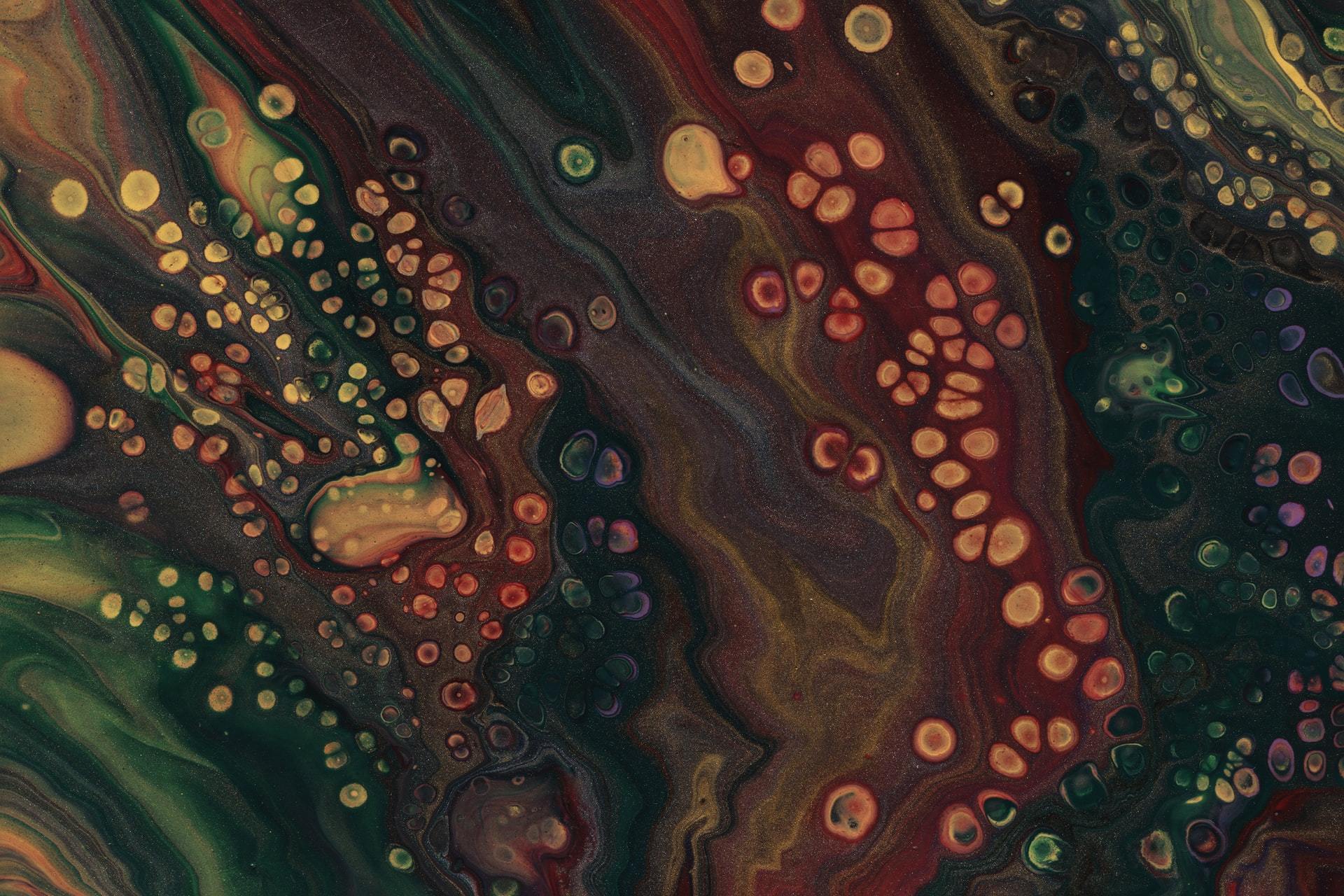
At last! You Can Finally Paint Without Having Any Difficulty
“I try to paint every day and often enjoy the preparation as much as the actual painting. I hope you enjoy developing your daily practice too.” - WILL KEMP
There are so many questions that have been asked about the how to’s of painting such as:
“Where to start from?” “Draw first or paint first?” “Should color-mixing be the main area of concentration?”
Take a deep breath, grab a brew (and a couple of chocolate biscuits) and we’re going to walk through the layers of learning and the perfect lessons for you, even if you’ve never picked up a paintbrush before. 
Which comes first, pencil or paint?
First in pencil, then in charcoal, then black & white paint. (In Classical Atelier’s these studies can last two years, so don’t feel too pressured to rush through to get to the color) but when you first have the urge to put paint to canvas, color is the more exciting thing. So, why spend your time on drawing? 80% of a painting’s success comes from the drawing. Even abstract paintings have an underlying balance of structure and composition, so when trying to create a realistic effect, drawing is very important.
Come along on a journey from amateur to artist.
- Fewer brushes for quicker painting.
- Fewer paints for easy color mixing.
-
Fewer techniques for optimal results.

The following principles will give you a solid foundation for anything you choose to paint, regardless of subject or medium.
These are the WHY behind the HOW.
You’ll discover why you should be selective with the composition, why color mixing ‘works’ (and why it doesn’t) and see the benefits of dramatic use of contrast? Whether you want to paint portraits, abstracts or still lives, the same principles apply.
- Colored ground:
Colored ground means a color on which other colors are superimposed to create a pattern.
- Contrast value:
Contrast value is simply defined as difference. Difference between art elements like color, size, texture, and so on can intensify the elements used. As a result, the elements used in a work of art can become more powerful. Although contrast is closely related to variety, it is usually considered a principle of art.
- Composition:
Composition is the nature of the painting’s ingredients or constituents; how a whole or mixture is made up.
- Color mixing:
There are two main types of color mixing. They are addictive and subtractive color mixing. Additive color mixing is creating a new color by a process that adds one set of wavelengths to another set of wavelengths. Subtractive color mixing occurs when we mix paints, dyes or pigments.
- Perspective:
Perspective is an art technique for creating an illusion of three-dimensions (depth and space) on a two-dimensional (flat) surface.
- Negative space:
Negative space in art is the space around and between the subject(s) of an image.
- Glazing:
It is a painting technique that alters the color or texture of a surface. It is a technique used to alter the appearance of traditional paint.
Having explained the several ways in which you can paint, GO PAINT YOUR WAY!




